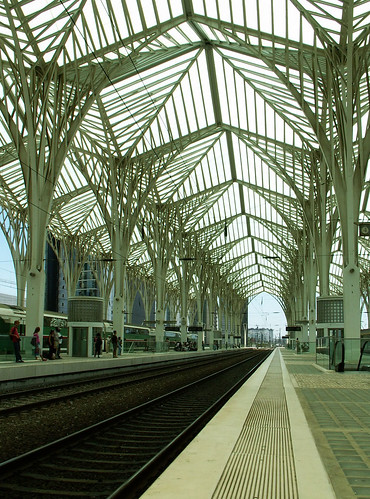smallspy
Senior Member
I believe you if it was done today, but:
Aren't Metrolinx suggesting this under ~2031 assumptions?
-- Full deployment of a PTC/CBTC type system to European-quality standards (moving-block or smaller-blocks). Train chasing each other at much tighter distances.
-- Full deployment of USRC digital signalling infrastructure replacing 1930s infrastructure
-- USRC approach speed upgrades from both east and west
-- Short dwells similar to other GO stations (1 minute dwell) instead of Union (3 minute dwell)
-- Full electrification through Union with faster-accelerating trains
-- New GO Transit Control Centre (GTCC) at Oakville
The new signalling system getting installed in the USRC doesn't really help much of this other than (finally) allowing for somewhat higher speeds. It doesn't change the physics that are already in place, and will continue to be in place. It's still going to be reliant on some other system - let's call it PTC for now - to provide a safety overlay to allow for tighter headways. And considering how little movement we've seen on Metrolinx on their current PTC installation, I don't see much hope for them being in a hurry to install it on the rest of the system - at least until Transport Canada mandates it (and again, look at how that's going).
In fact, the only place where the new signalling system will help is that it allows for double-berthing of trains - and with only a slight amount of luck, that may be in place by 2019, not 2031+. That alone will provide the biggest benefit in terms of capacity at the station.
Also, short dwells in Union Station are only possible upon the completion of bigger/wider platforms, not the other way around. And frankly they aren't possible with the advent of double-berthing, anyways.
Dan
Toronto, Ont.





